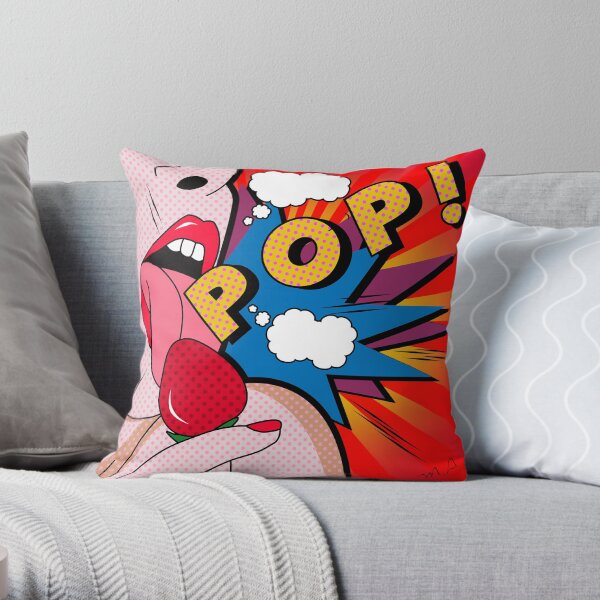Unique Art - The Facts
Unique Art - The Facts
Blog Article
The Facts About Unique Art Uncovered
Table of ContentsThe 15-Second Trick For Unique ArtA Biased View of Unique ArtAll About Unique ArtThe Unique Art Ideas
While one might question which art kind holds precedence, the truth stays that each of these seven kinds provides an unique window right into human history, society, and advancement. They are the tapestries that chronicle our trip, advising us of our past while motivating visions for the future.Wonderful artwork narrates, makes people look two times, and develops an unique experience that can't be matched. Art and images interact every one of that through color, shape and various other design aspects. Discover exactly how to make your one-of-a-kind artwork stick out from the crowd.

8 TRIA GIOVANEqual components grand and laidback, this entrance hall designed by Anthony Baratta is the excellent plan to adhere to if you're enhancing an official entry that still really feels unfussy and comfortable. Patterned textiles take spotlight (see the carpetings and the couch), but they additionally help bring the high ceilings to a human scale when hung over wallpaper.
Unique Art for Beginners
18 Heidi Caillier DesignA gallery wall doesn't require to take up the whole room. Often a tiny one can make a bigger design declaration. In this living area, Hiedi Caillier decided for micro-mini structures and an arbitrary make-up.
, the expression of concepts and emotions, with the creation of certain visual qualities, in a two-dimensional aesthetic language. The components of this languageits shapes, lines, colours, tones, and texturesare used in different means to produce sensations of quantity, space, movement, and light on a level surface. These components are combined right into expressive patterns in order to stand for real or supernatural sensations, to translate a narrative style, or to produce wholly abstract visual connections.
Later on the notion of the "fine artist" developed in Asia and Renaissance Europe. Noticeable painters were managed the social status of scholars and courtiers; they signed their job, decided its layout and usually its subject and imagery, and established a more personalif not constantly amicablerelationship with their clients. During the 19th century painters in Western cultures began to lose official source their social position and safe and secure patronage.
Things about Unique Art
Others gained an earnings through touring exhibits of their work. The demand to interest an industry had replaced the comparable (if less impersonal) needs of patronage, and its result on the art itself was most likely similar as well. Usually, artists in the 20th century could get to an audience just via industrial galleries and public galleries, although their job might have been occasionally reproduced in art regulars.

Do not copy the design of other musicians if you're trying to locate your style. Duplicating other individuals's art work can be wonderful in instructional functions yet it will certainly not make you closer to discovering your very own distinct style. Your imaginative try this web-site design has to be, what you such as and what inspires you.
I would certainly think of your own style as a style you paint in naturally, when you let go of all thoughts and guidelines and simply concentrate on paint, not considering it. Unique Art. The design needs to come normally to you when you are relaxed and you can't compel it or it will not be your very own design, simply someone else's
The Best Guide To Unique Art

With time you'll have the ability to arrange every one of them into your favorite and the very least favorite categories. Try to concentrate your next focus on the topics and tools that you like and prior to you see it coming you'll have your own individual and special style, like no person else have! So in the long run you'll have a couple of favored topics to paint and perhaps a few favored tools.
The design has to establish itself gradually with a great deal of method and experiments - Unique Art. Thank you for reviewing this article and if you have any questions leave them in the remarks below, I 'd enjoy to address these
Report this page